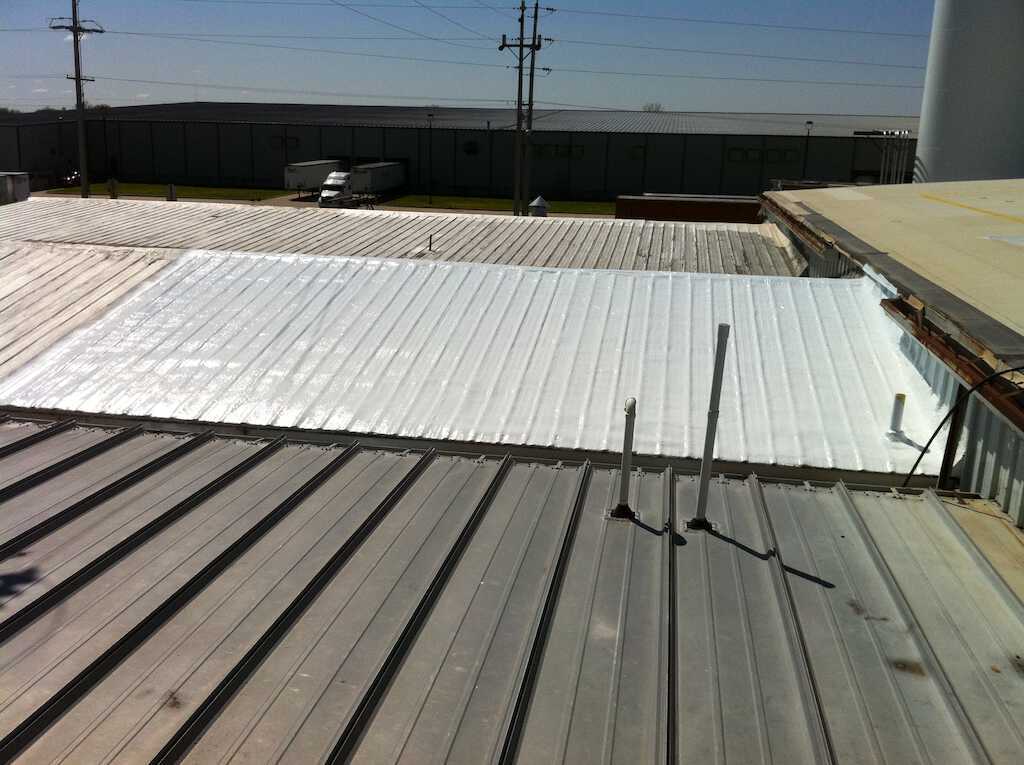A well-built roof is an essential component of a commercial property. It helps to protect the building’s interior from the exterior elements, improve energy efficiency, protect indoor air quality, and reduce pests and parasites. As with a residential roof, a commercial flat roof is durable and long-lasting, though they do have an expected life expectancy.
In this blog post, we will look at the average life expectancy of a commercial roof and how this varies depending on the different materials used. We will also highlight some of the other factors that determine life expectancies, such as maintenance, weather conditions, and ventilation.
If you are looking for quality commercial roofing services in Effingham, IL, and its surrounding communities, your premier choice is Mid-State Construction & Roofing, Inc. Keep reading to learn more about commercial flat roofs.
How Long Does a Commercial Flat Roof Last?
With proper installation and routine maintenance from a professional roofing company, a commercial flat roof has an expected life expectancy of between 10 and 35 years. As we will see below, one of the primary factors for life expectancy is the type of material used.
It is essential that a business partners with a reputable roofing company for both installation and routine maintenance in order to get the most out of a roof. A roof that has been poorly installed and has been neglected is far more likely to encounter issues compared to a professionally installed and serviced roof.
Types of Flat Roofs
As noted above, there are different materials that can be used to construct a flat roof. The specific material used will have a big bearing on life expectancy. Let’s take a look at some of the most common types of materials used in commercial flat roofs.
BUR
A “built up roof” is made up of several layers of bitumen and fabrics. This type of roof offers excellent protection from the exterior elements as well as insulation.
After around 15 years or more, this type of roof will start to show signs of damage and age; with proper maintenance, a BUR system can last for upwards of 20 to 30 years depending on the number of layers.
EPDM
An ethylene propylene diene monomer roof is made up of rubber membranes, which support optimal protection and insulation. For climates that are prone to hail storms, an EPDM roof is highly recommended.
With proper installation and care, an EPDM roof can be expected to last for 20-plus years. Other benefits of this roof type include the fact that it is affordable, environmentally friendly, and energy-efficient.
PVC
One of the longer-lasting commercial flat roofs is PVC (which stands for polyvinyl chloride). It provides water resistance and quality protection from even the most challenging climates. Well-built, a PVC roof can last for upwards of 30 years.
In addition to durability, PVC is resistant to wind, moisture, fire, and chemicals. It is also environmentally friendly, given that it is recyclable after the expiration of its service life.
Modified Bitumen
Another highly durable commercial roof option is modified bitumen. With proper installation, this type of material can be expected to last for 20-plus years. Modified bitumen roofs require very little ongoing maintenance, offer protection from harmful elements and sunlight, and are completely water-resistant.
It performs excellently in extremely cold weather. Because it does not become brittle, it is less likely to create leaks. What’s more, it is energy-efficient and tear-resistant.
TPO
A TPO commercial roof, which stands for thermoplastic polyolefin, has a life expectancy of anywhere between 15 and 30 years. Constructed of a single-ply membrane with polymer fillers, TPO roofs are known for their durability and strengths. They provide excellent protection from UV rays.
Spray On Coating
A spray polyurethane foam coated roof is comprised of 3 layers that combine to provide excellent protection from harmful elements such as UV rays and wind. With proper maintenance, a spray-on coated roof can last for a number of decades.
Other Factors That Affect Lifespan
Outside of the material used, there are a number of other factors that play a role in determining life expectancy. Let’s take a look at 3 of those here.
Maintenance
With proper care and catching problems early, the above life expectancy estimations can be easily increased by several years. We recommend that you schedule regular cleaning for your roof and look to minimize foot traffic as much as possible.
Weather Conditions
Certain types of material are better suited to certain weather conditions, which should be factored in during the installation phase. Extreme weather conditions can affect a roof’s life expectancy. Exposure to sun, heavy rain, storms, and high winds can all serve to degrade roofing material.
Ventilation
Another factor to consider here is ventilation. A properly-ventilated roof will help to prolong the lifespan of a commercial roof. This is because it creates a balance between air intake and outtake.
With proper ventilation, moisture and heat will not build up, avoiding the build-up of mold and rot.
The Life Expectancy of a Commercial Flat Roof
The bottom line is that the level of installation and maintenance has a major impact on the life expectancy of a commercial flat roof. With proper care by a reputable and experienced roofing service, many roofs can last for 40-plus years.
For commercial roof installation, replacement, and repair in Effingham, IL, and its surrounding communities, contact Mid-State Construction & Roofing, Inc. Get a free inspection today and see how you can increase the length of your commercial roof lifespan.

